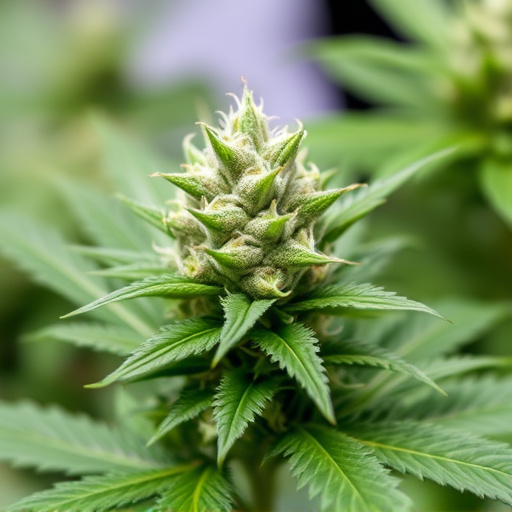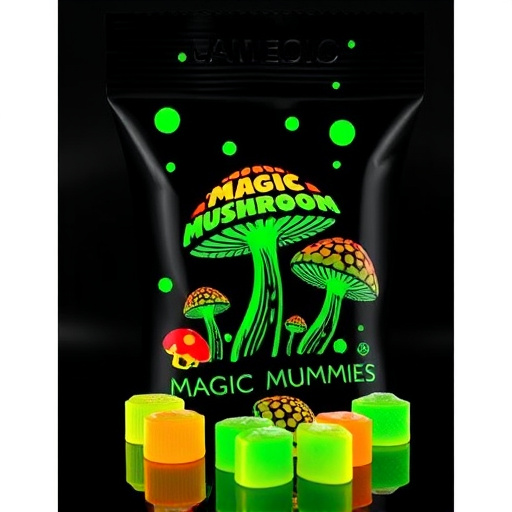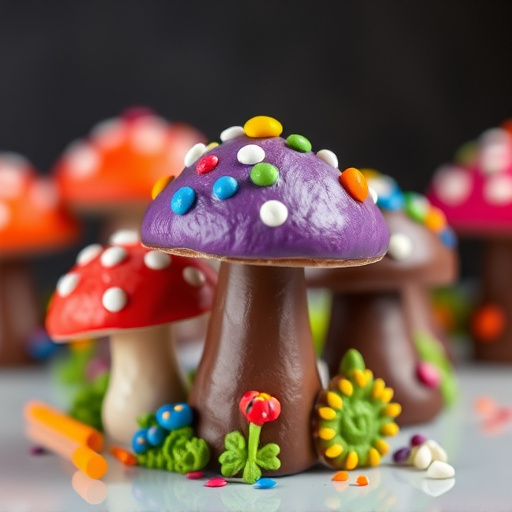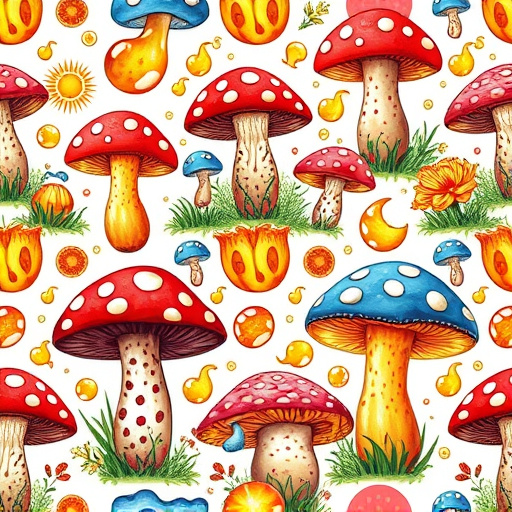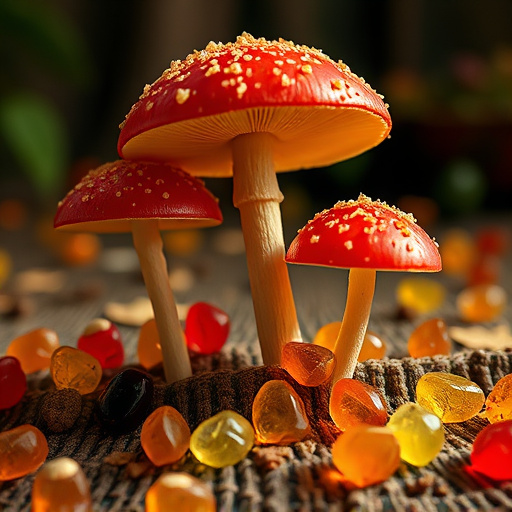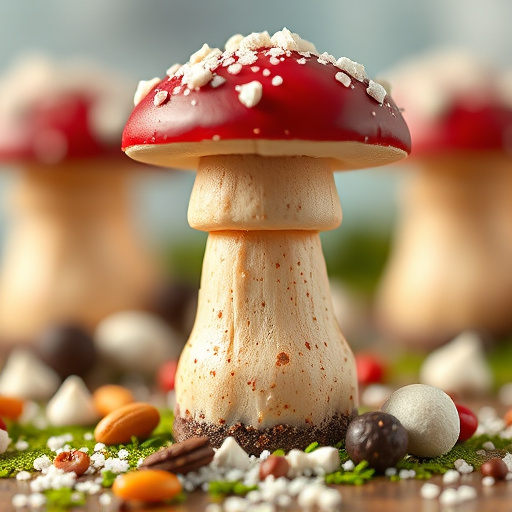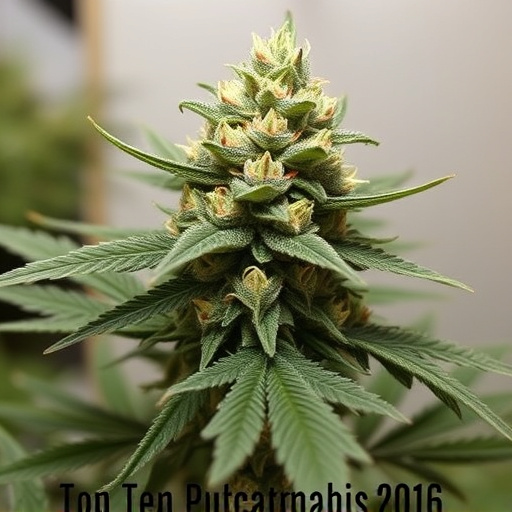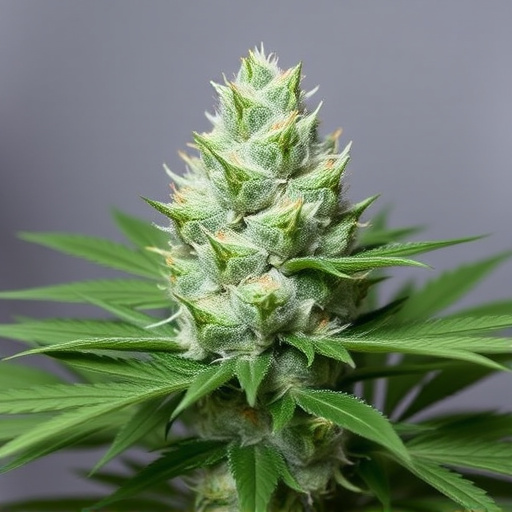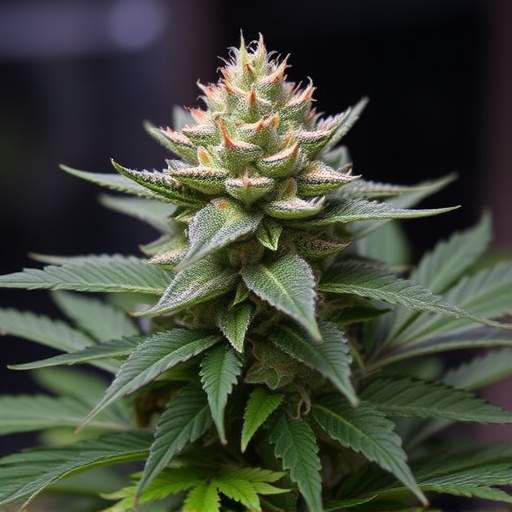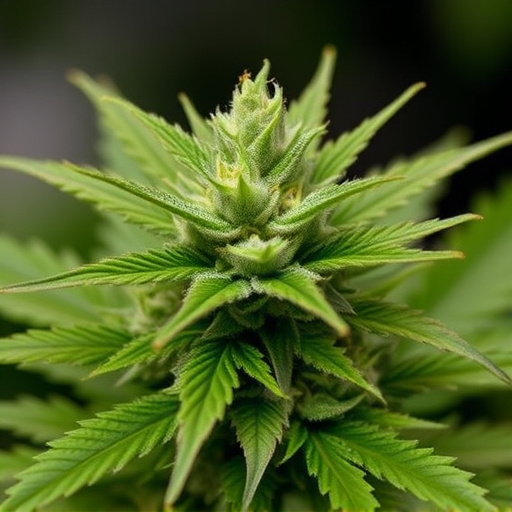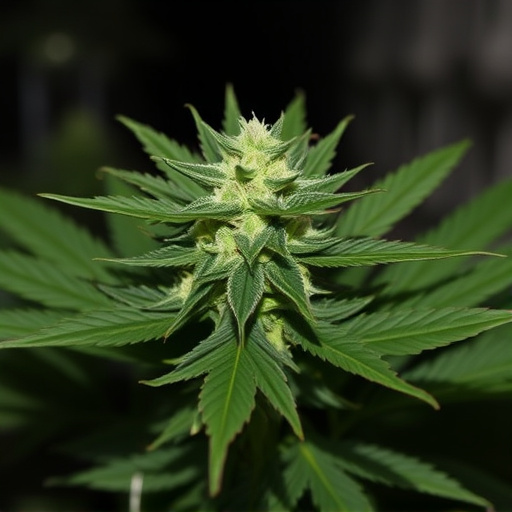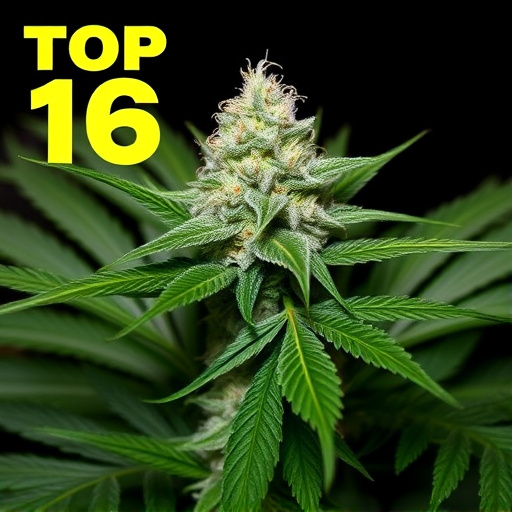Indoor cannabis cultivation offers a highly controlled environment for precise tailoring of growing conditions, resulting in compact, potent flowers with enhanced THC levels and unique genetic traits. This method is popular among consumers who appreciate nuanced flavors, aromas, and therapeutic benefits, as reflected in the top ten cannabis strains of 2016. Outdoor cultivation, relying on natural elements, encourages larger plants and higher cannabinoid content, contributing to distinct terpene profiles and consumer experiences.
Uncover the intriguing distinctions between indoor and outdoor cannabis flowers, where cultivation methods shape not just appearance but also aroma, effects, and terpene profiles. This article delves into the unique worlds of indoor and outdoor cannabis, exploring growth techniques, natural challenges, and the impact on popular strains like those featured in the top ten cannabis strains of 2016. Discover how environmental factors contribute to the diverse tapestry of cannabis experiences.
- Understanding Indoor Cannabis Flower
- – Growth environment and techniques
- – Characteristics: appearance, aroma, effects
Understanding Indoor Cannabis Flower
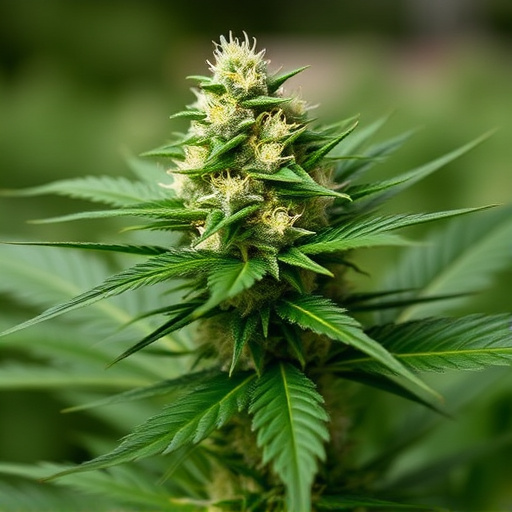
Cannabis grown indoors undergoes a carefully controlled environment, allowing cultivators to manipulate factors like light, temperature, and humidity. This meticulous process often results in plants with higher concentrations of THC, the primary psychoactive compound responsible for that signature “high.” Indoor cannabis flowers are typically smaller, compact, and densely packed with resinous trichomes—the tiny hair-like structures that contain cannabinoids. These characteristics make indoor-grown cannabis highly desirable among consumers seeking potent and consistent effects, as evidenced by its popularity in the top ten cannabis strains of 2016.
The controlled nature of indoor cultivation also enables specific genetic traits to express more intensely. Certain strains known for their unique flavors, aromas, and therapeutic benefits often flourish in these conditions, making indoor cannabis a favorite among enthusiasts who appreciate the subtleties and nuances of different strains.
– Growth environment and techniques
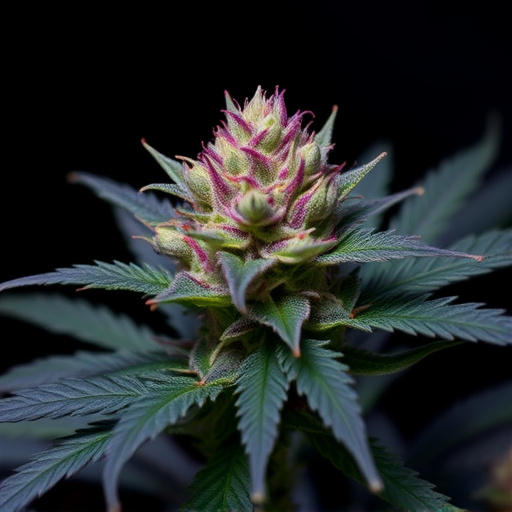
Cannabis cultivation can take place in a variety of settings, but indoor and outdoor environments yield distinct results, particularly when it comes to flower production. Indoor grows typically utilize advanced techniques like hydroponics or soil-based systems within climate-controlled spaces. Growers meticulously monitor light cycles, temperature, humidity, and nutrition levels to optimize plant growth. This environment allows for precise control over the entire process, from seedling to harvest, enabling cultivators to produce cannabis flowers with consistent quality and potent profiles.
In contrast, outdoor cultivation relies on natural sunlight, air, and soil, offering a more organic approach. Plants are exposed to varying environmental conditions, including temperature fluctuations, weather patterns, and potential pests or diseases. However, outdoor grows often result in larger plants with higher cannabinoid production, contributing to the popularity of specific strains like those featured in the 2016 top ten cannabis strains list. The natural setting can also impart unique terpene profiles, enhancing the overall aromatic and therapeutic experience of the final product.
– Characteristics: appearance, aroma, effects
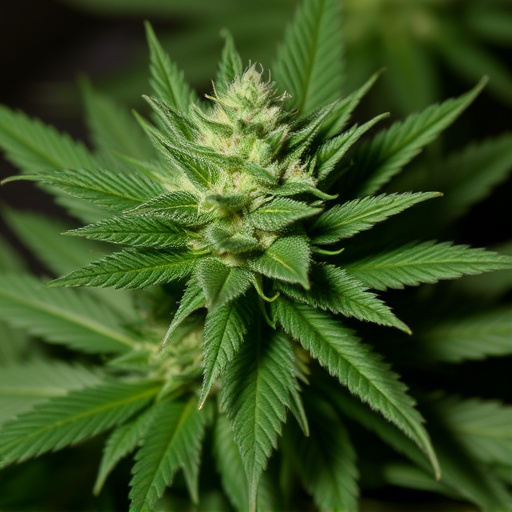
The difference between indoor and outdoor-grown cannabis flowers lies in their distinct characteristics, which can significantly impact the overall experience for consumers. In terms of appearance, indoor-grown cannabis tends to produce denser, darker green buds with more prominent resin glands, often giving them a fluffy, frosty look. On the other hand, outdoor cannabis plants typically develop longer, skinnier leaves and may exhibit a mix of vibrant green, amber, and purple hues due to natural sunlight exposure.
Aroma-wise, indoor strains are renowned for their intense, rich scents, often carrying notes of sweet citrus, berries, or spices. These flowers tend to have higher levels of myrcene, a terpene known for its sedative effects. Outdoor cannabis, however, may offer a more earthy, musky aroma with hints of pine and lemon, appealing to those who prefer a more natural, outdoor scent. When it comes to effects, indoor-grown strains are often associated with potent, relaxing highs that induce euphoria and creativity, making them popular for evening or leisure use. Outdoor cannabis, with its unique terpene profile, can provide a more uplifting and energizing experience, suitable for daytime activities or those seeking a mental boost. The top ten cannabis strains of 2016 reflected these variations, offering diverse options for consumers based on their preferred appearance, aroma, and effects.
Cannabis cultivation has evolved significantly, offering both indoor and outdoor growing methods with distinct outcomes. Indoor cannabis flowers, cultivated using advanced techniques like hydroponics and LED lighting, produce plants with concentrated terpenes and higher THC levels. These traits result in potent and flavorful strains, often sought after by enthusiasts. On the other hand, outdoor cannabis plants, naturally exposed to sunlight and environmental factors, tend to have lower concentrations of specific compounds but provide a more diverse range of flavors and effects. When considering the top ten cannabis strains of 2016, understanding these differences is key to selecting the ideal flower based on personal preferences, be it for its aromatic profile or desired physiological impact.
